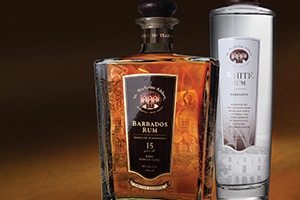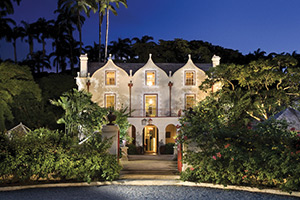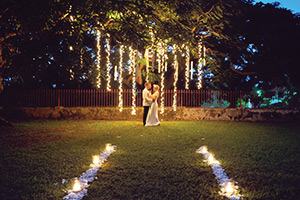Archaeology
In 2007, St. Nicholas Abbey established a partnership archaeology program with the College of William and Mary, located in Williamsburg, Virginia, USA. Under the direction of Dr. Frederick H. Smith, the archaeological research program seeks to provide evidence that will help in the restoration, preservation, and celebration of this important historic property. St. Nicholas Abbey’s archaeological collection is a valuable resource for the study of plantation life in Barbados.
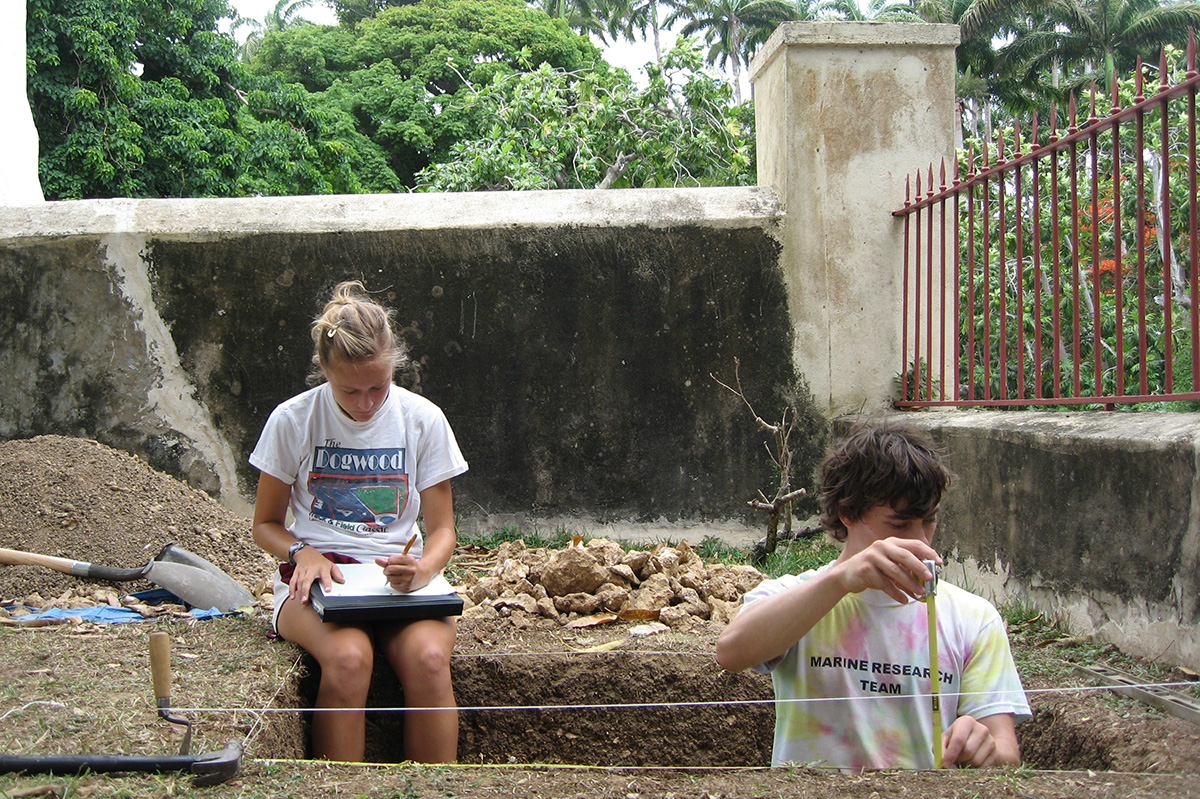
Uncovering the Past
While deeds, maps, paintings, and other documentary sources offer insights into the early history of the estate and its owners, the archaeological investigations aim to put flesh on the bones of history.
Excavations have unearthed thousands of artifacts, including ceramics, animal bone, beads, buttons, gaming pieces, and clay tobacco pipes, which have helped shed light on the daily lives of planters, enslaved laborers and poor whites who lived and worked on the estate in the early colonial era.
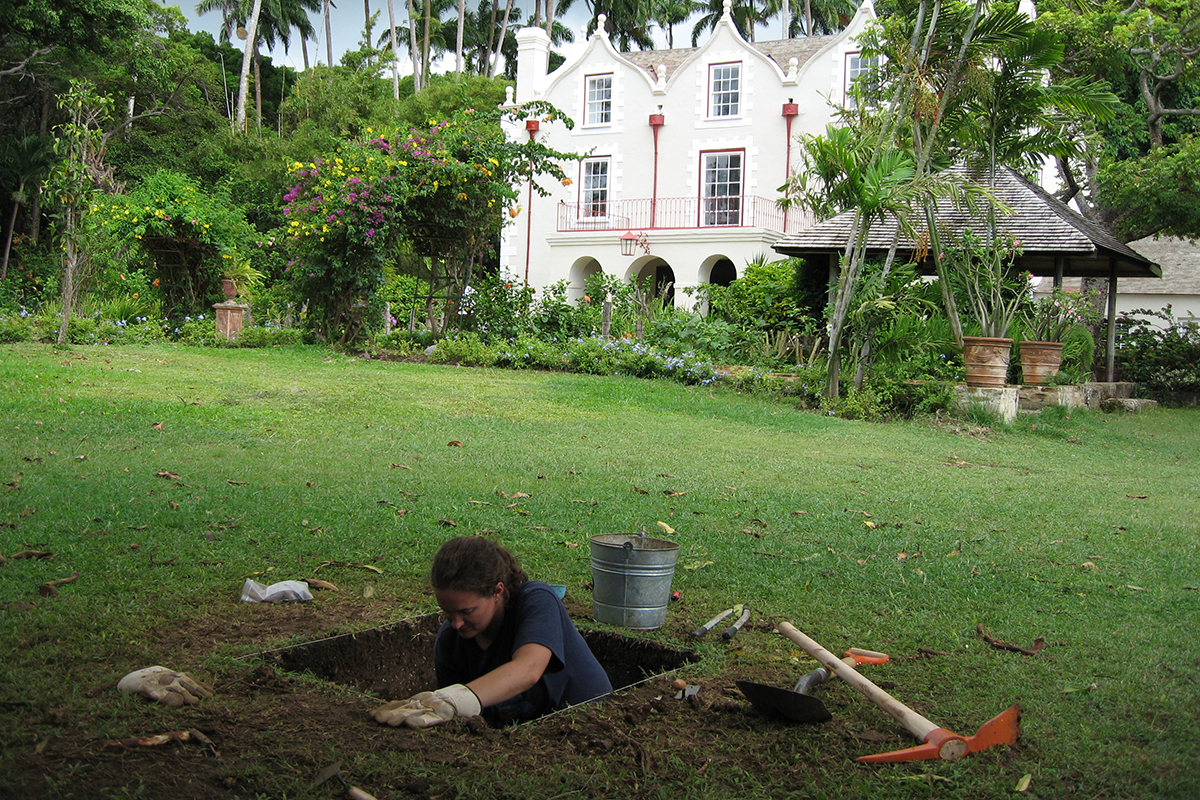
Education & Public Archaeology
The Warren family is deeply committed to fostering the educational value of St. Nicholas Abbey. The archaeological work conducted by The College of William and Mary is aimed at enhancing the interpretation of this important historical landmark, as well as expanding scholarly research and public education at the site.
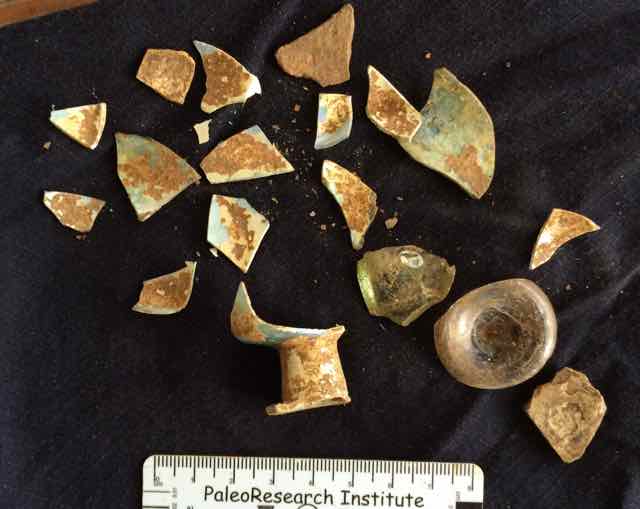
Berringer & Yeamans: Life Before St. Nicholas Abbey
Where did Berringer and Yeamans live before the grand Jacobean-styled manor was built in the late 1650s? Deeds and maps tell us that Berringer was living on the estate as early as the mid-1630s, and that Berringer and Yeamans were living together on the estate in the 1640s.
In 2015 and 2016, archaeological investigations conducted by Professor Frederick H. Smith began to unearth evidence of an early dwelling house on a relatively flat piece of land about 100 meters from where the Great House stands today.
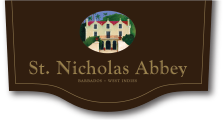





 This is the first post-in-ground house ever discovered in Barbados. The structure had a basic wooden frame inlaid with coral rubble that mortared together with a lime plaster. The exterior of the house was also coated with a lime plaster paste to give it a smooth appearance. Bricks were used around windows and doorways. The roof was covered with both flat and curved unglazed red earthenware roof tiles.
This is the first post-in-ground house ever discovered in Barbados. The structure had a basic wooden frame inlaid with coral rubble that mortared together with a lime plaster. The exterior of the house was also coated with a lime plaster paste to give it a smooth appearance. Bricks were used around windows and doorways. The roof was covered with both flat and curved unglazed red earthenware roof tiles.